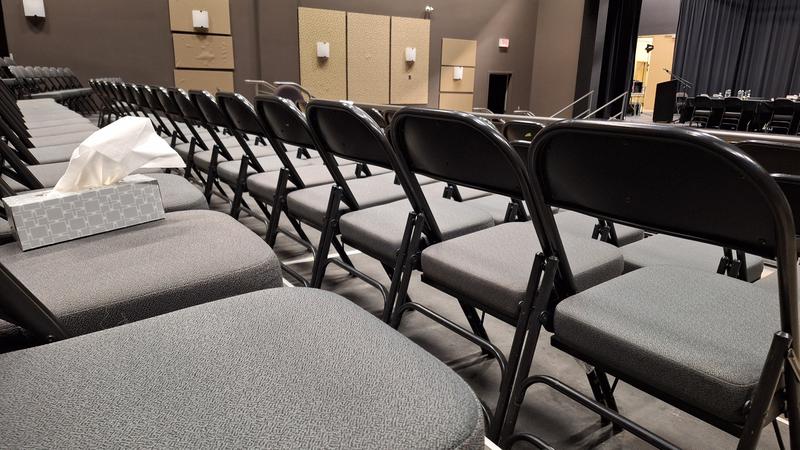
Inquest hears about acute hospital response, warrant types
The jury of the coroner’s inquest into the mass stabbing at James Smith Cree Nation and Weldon continued today with members learning of protocols in place regarding Code Orange at the local health authority, and the warrant status of Myles Sanderson — the perpetrator of the crime.
On Sept. 4, 2022 Sanderson killed 11 people and injured 18 others, before he was taken into police custody where he died. The inquest is not a fault-finding mission. Rather, it is a review of the events to determine facts and whether there were systemic failures that led to the incident. At the conclusion of the inquest, jurors may issue recommendations to prevent a similar incident.
A total of five witnesses testified at the Kerry Vickar Centre on Monday, with proceedings being adjourned just after 3:30 p.m., much faster than usual.
The first witness of the afternoon was Carrie Dornstauder the most senior executive director of the Saskatchewan Health Authority (SHA) on-call during the events Sept. 4.


